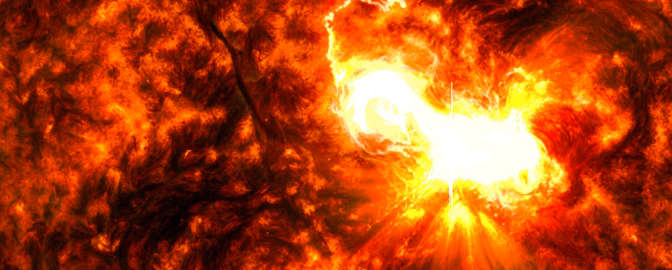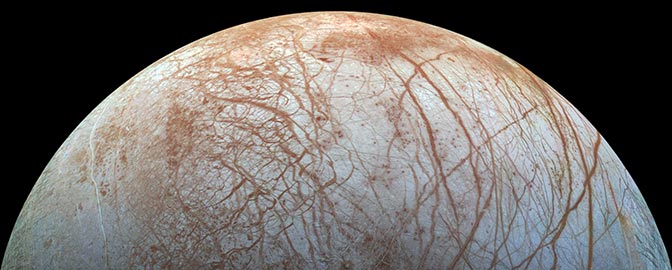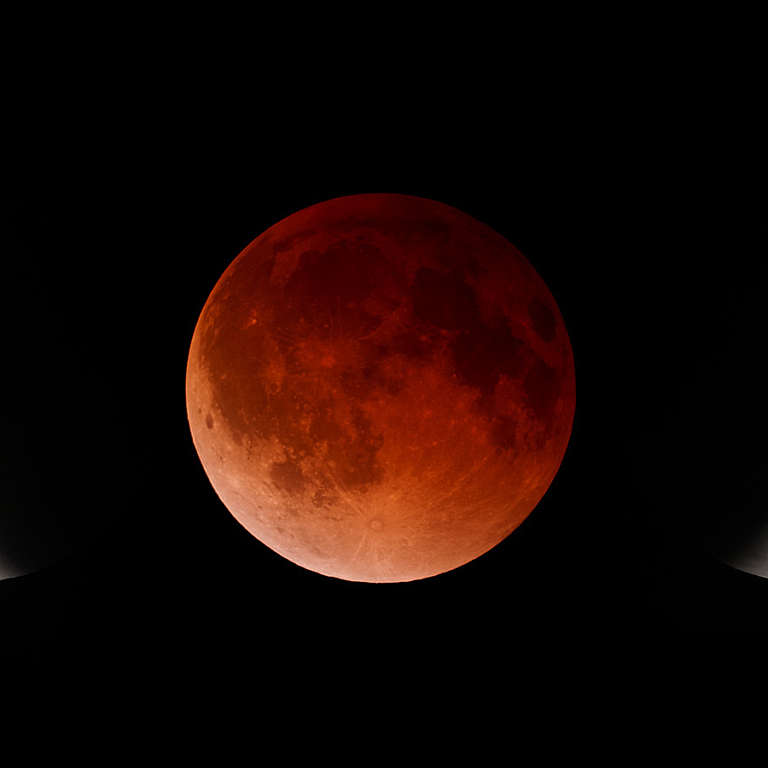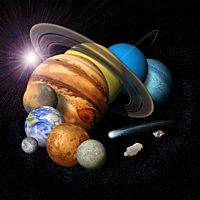All
All
Stories, updates, insights, and original analysis from The Planetary Society.
Calendar of space events 2025
Space missions, rocket launches, and celestial events are coming our way in 2025.
What are planets made of?
A look at the compositions of terrestrial planets, gas giants, and ice giants in our Solar System.
The hottest and coldest places in the Solar System
The worlds of our Solar System run the gamut of temperatures. Here are some of the hottest and coldest places we know of.
What to look forward to in space in 2024
A total solar eclipse and the launch of Europa Clipper are on our list of cosmic events to get excited about this year.
Why the true colors of the planets aren't what you think
Cameras on our space probes act as proxies for our own eyes, but what they see isn't necessarily what our eyes would see.
Rocket flight and the five dwarfs
Meet the Solar System’s five official dwarf planets, celebrate two major launches, and find out why planets sometimes seem to go backwards across the sky.
What does “Mercury in retrograde” actually mean?
"Mercury in retrograde" is one of the most searched terms relating to the planet. Astrological interpretations aside, apparent retrograde motion is an interesting phenomenon that has to do with orbital speeds and observer perspective.
Red hot space
This week’s roundup of space news and exploration inspiration will leave you seeing red (in the best way possible).
The year in pictures: 2022
With JWST up and running, it’s one of our best Year in Pictures issues yet.
Planetary accessorizing
Planets are beautiful and fascinating enough on their own, but there’s no denying that moons and rings add a little something special.
Some good old-fashioned space mysteries
Exploration is teaching us a lot about the cosmos, and a lot about how much we still don’t know.
Rocky worlds rock
This week we're all about the rocky planets: Mercury, Venus, Earth and Mars.
Solar System History 101
How did our solar system come to be? Why are the planets, asteroids, comets, and other small worlds where they are now?
The Next 10 Years
Six scientists share the major planetary science discoveries of the past decade, and the questions that will drive the next 10 years of solar system exploration.
How to follow BepiColombo's launch
I’m thrilled to be anticipating the beginning of a new mission to Mercury. Here's a timeline for BepiColombo's planned launch on 20 October (19 October in the U.S.).
Voyage to Mercury
Elsa Montagnon details the challenges of delivering BepiColombo’s two spacecraft from Earth to Mercury.
The September Equinox 2018 Issue of The Planetary Report Is Out!
With my first issue of The Planetary Report as editor, I am taking the magazine open-access. Return to Mercury features articles by Elsa Montagnon on BepiColombo and by Long Xiao on the Chang'e-4 and -5 landers.
#Mercury2018: From MESSENGER to BepiColombo and beyond
A Mercury meeting held May 1-3 summarized the current and future science of the innermost planet. Emily Lakdawalla was there and shares her notes.
Explore spinnable Saturn and Jupiter moons with Google Maps
Google Maps released several new map products that allow you to see the locations of named features on many solar system planets and non-planets, spinning them around in space with your mouse.
Back to Mercury! Europe and Japan's BepiColombo mission moves closer to launch
Next year, a pair of probes head to Mercury to answer outstanding questions about our innermost planet, as well as the formation of the solar system.


 Explore Worlds
Explore Worlds Find Life
Find Life Defend Earth
Defend Earth


 Sun
Sun Mercury
Mercury Venus
Venus Earth
Earth Mars
Mars Jupiter
Jupiter Saturn
Saturn Uranus
Uranus Neptune
Neptune Small Bodies
Small Bodies


















